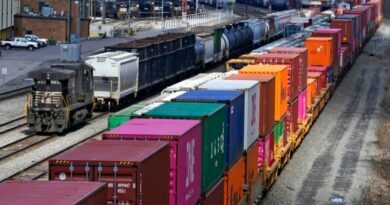Puerto Ricans are still coping with Hurricane Maria’s damage five years after the fact. Then Tropical storm Fiona showed up.
Residents of the U.S. territory in the Caribbean didn’t have to search far to find reminders of the last exceptional storm to cause a stir in the community, precisely a long time ago, when tropical storm Fiona ravaged Puerto Rico this week: Blackouts continue to occur, blue coverings are stretched over hundreds of residences, and the island is still home to structures in need of repair.

Hurricane Maria, which killed almost 3,000 people and wrecked the electrical infrastructure, was the deadliest natural catastrophe to strike Puerto Rico in the previous 100 years.
Fiona – A Category 1 hurricane
Fiona, a Category 1 hurricane, made landfall, but the destruction it caused before it did—including the power cuts and clean water—served as a dismal reminder of why Maria, for many island inhabitants, constituted a distinct in their lives.
Statement – Charlotte Gossett Navarro
The chief director of Hispanic Federation Puerto Rico, Charlotte Gossett Navarro, stated that “the energy grid is crucial to everyone’s entire livelihood here in Puerto Rico.” To the fullest extent, we are endangering people’s lives.
Electric Grid is a prime example of the failing colonial system
According to Cecilio Ortiz Garca, co-founder of the University of Puerto Rico’s National Institute of Energy and Island Sustainability, the electric grid has always been fragile, but the escalating crises brought on by climate change, the pandemic, and fiscal pressures have brought it to its breaking point.
He claimed that Puerto Rico’s electrical system was intended to serve the needs of local colonial elites and interests on the U.S. mainland. The grid has evolved into a symbol of the institutions, colonial system, and population’s vulnerability.
Fiona brought up unpleasant memories
The blackout that preceded Fiona brought up unpleasant memories of the gloomy months that followed Hurricane Maria’s Category 4 landfall on September 20, 2017, for many Puerto Ricans.
According to the Rhodium Group, a policy evaluation company, it took almost a year to fully restore power throughout the archipelago, making the blackout the second-biggest in world history and the largest in American history.
Public views –
Juan Cintrón, 62, claimed that he lost electricity when Hurricane Maria hit in September and did not regain it until January. On Sunday, as Fiona got closer to Puerto Rico, he lost electricity once more.
The central mountain village of Ciales is home to Cintrón, who stated, “The power went out and right now I have candles in the house.”
Related Video-
Reference – NBC New York




